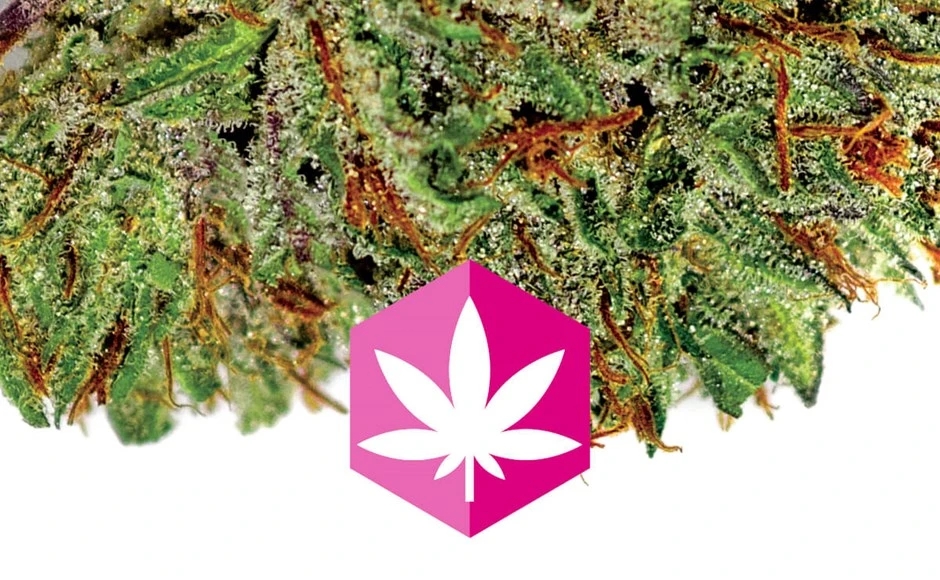Way too often people shrug off LED grow lights when they see the initial price tag.
The sticker shock is real, but what is the whole financial picture regarding LED grow lights?
The results of this quick return on investment conversation might change the minds of some skeptics.
Read on, as you will discover the payback period might be shorter than you think.

Initial Costs of LED Grow Lights
There is no question that LED grow lights are initially considerably more expensive than the traditional high-intensity discharge lighting set-ups.
The cost can be greater than four times the initial cost of the current technology like HPS or MH light.
As of the writing of this article, a 1,000-W high pressure sodium light costs between $400 and $700, depending on features and quality.
Compare this to an LED grow light that can cover the same area and produce similar results at around $1,000 and $2,400(This is Purchase price from USA, EXW china manufacture price is 300~800USD).
So, how do we overcome this initial expense?
There are many LED ROI calculators available online—use one or two of them.
There is no need to take my word for it as you can punch in your own numbers.
Electrical Savings of LED Grow Lights
By far the most watts used in your indoor garden are spent on lighting.
After all, we are replacing the big bulb in the sky with an artificial source.
This is where LED grow lights really shine, so to speak.
On average, LED grow lights use about half the watts of their HID counterparts.
This is the largest contributor to the payback of the up-front expense.
The second most power hungry element of your growroom is environmental control.
For lots of us this means using an air conditioner.
To simplify, since heat is a complex topic, we’ll stick with the assumption that LEDs use half the watts of HID lights, therefore they produce half the heat.
Half the heat means half the electric cooling bill.
That payback period is getting shorter, huh?
Maintenance Savings of LED Grow Lights
Another contributor to the payback of the high initial cost is no re-lamping costs.
Because LEDs have a long useful life—greater than 10 years running on 12/12 light cycle—you won’t have to constantly replace lamps.
Depending on your strategy, lamps for HID lighting systems get changed somewhere between twice a year to once every two years.
High-quality high pressure sodium and metal halide lamps are expensive, so don’t forget to capture these costs in your analysis.
You should consider the time it takes to re-lamp as well.
Even if you don’t pay someone to re-lamp for you, it’s still your time—what’s it worth?
For one lamp it’s probably not that big of a deal (right up until you drop the lamp and make a huge mess!), but for larger gardens this process could be time consuming.
New Versus Replacement
One more factor to consider in your ROI calculations is whether this is a net new purchase or replacing an existing light system.
If it’s a new light, you should consider subtracting the cost of the alternative HPS/MH from the initial purchase price of the LED grow light.
After all, you would be spending this money anyway to light up the garden, so the real purchase decision is made on the uptick between the two.
Final Thoughts
So, are LED grow lights expensive? The simple answer is no.
Your individual time to pay back is directly related to your electrical and re-lamp costs.
In Southern California with electrical rates as much as $0.36 per kWh, the payback is under a year in most situations.
For those of you lucky to have power around the $0.10 per kWh mark, it might take up to three years to see the return on investment.
